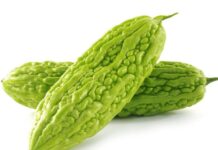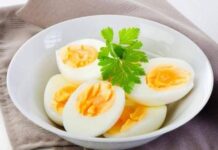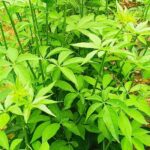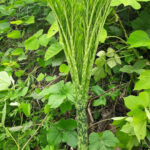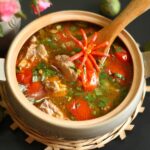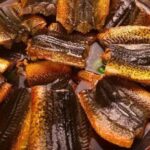Vông vang is a herbaceous plant, growing to an average height of one meter, with a slightly woody base and a coat of fine hair on its stem. Its leaves are heart-shaped with distinct serrated edges, often deeply lobed, and covered with a dense layer of silvery-white hair, giving a rough feel when touched.

The plant bears bright yellow flowers that bloom from June to October, growing singly in the leaf axils near the apex. The flower stalks are slender and slightly swollen near the base of the corolla. The fruits are spindle-shaped, about 4–5 cm long, covered with fine hair, and contain numerous small kidney-shaped seeds with characteristic concentric veins.
Vông vang is commonly found growing wild in grassy areas, fallow fields, and elevated lands. Rural communities have long utilized these leaves in their cuisine. Slightly mature vông vang leaves, neither too young nor too old, are used to prepare a refreshing sour soup. Before cooking, the leaves are thoroughly washed and gently rubbed to remove the fine hair, preventing a prickly sensation on the tongue when consumed.
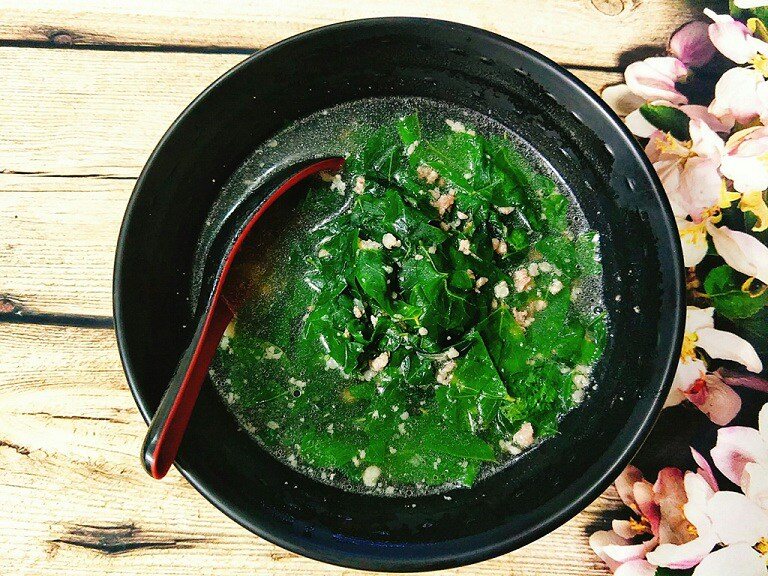
A sour soup made with vông vang leaves.
The sour soup made from these leaves is not only refreshing but also versatile, pairing well with various ingredients such as freshwater fish like rohu or dried fish, seafood like stingray or fresh squid, or even meats like beef or chicken.
When chewed thoroughly, the leaves release a mild sour taste reminiscent of rice vinegar, a unique characteristic. It is this distinct flavor that has transformed this once-wild plant into a sought-after delicacy, especially during the hot summer months.

Beyond its culinary uses, vông vang is also prized in traditional medicine. Almost all parts of the plant, from its roots to its leaves, have medicinal value. The seeds contain essential oils and are used in the cosmetics industry due to their natural musk content. Folk medicine employs vông vang to treat various ailments, including convulsions, kidney stones, urinary tract infections, rheumatism, stomach inflammation, inflammation, heatstroke, liver cooling, acne, lowering blood sugar, and supporting diabetes and oral thrush treatments…
Modern research has also revealed that extracts from vông vang possess antioxidant properties, enhance memory, help regulate blood sugar levels, and show potential antiviral effects.
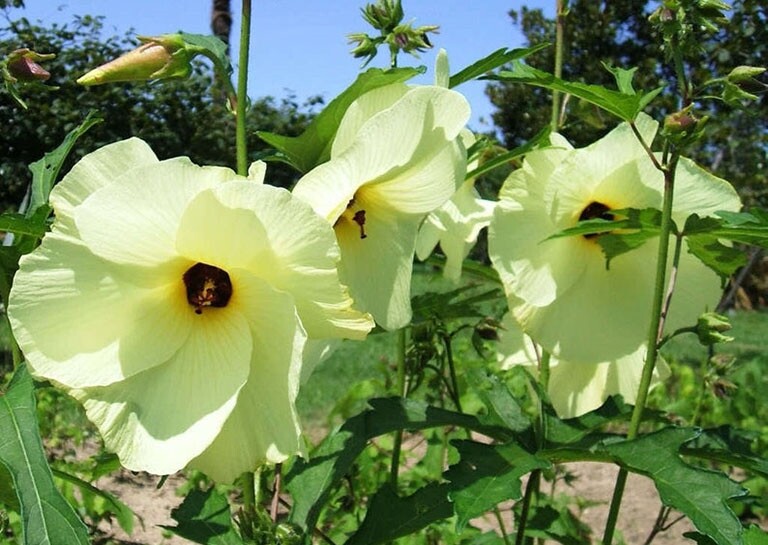
Cultivation and Care of Vông Vang
Vông vang is primarily propagated by seed, a straightforward method due to the large seed size and high germination rate. However, to enhance germination, it is recommended to soak the seeds in warm water for about 24 hours, followed by a day or two of germination in moist sand until the seeds sprout, before planting them in the soil.
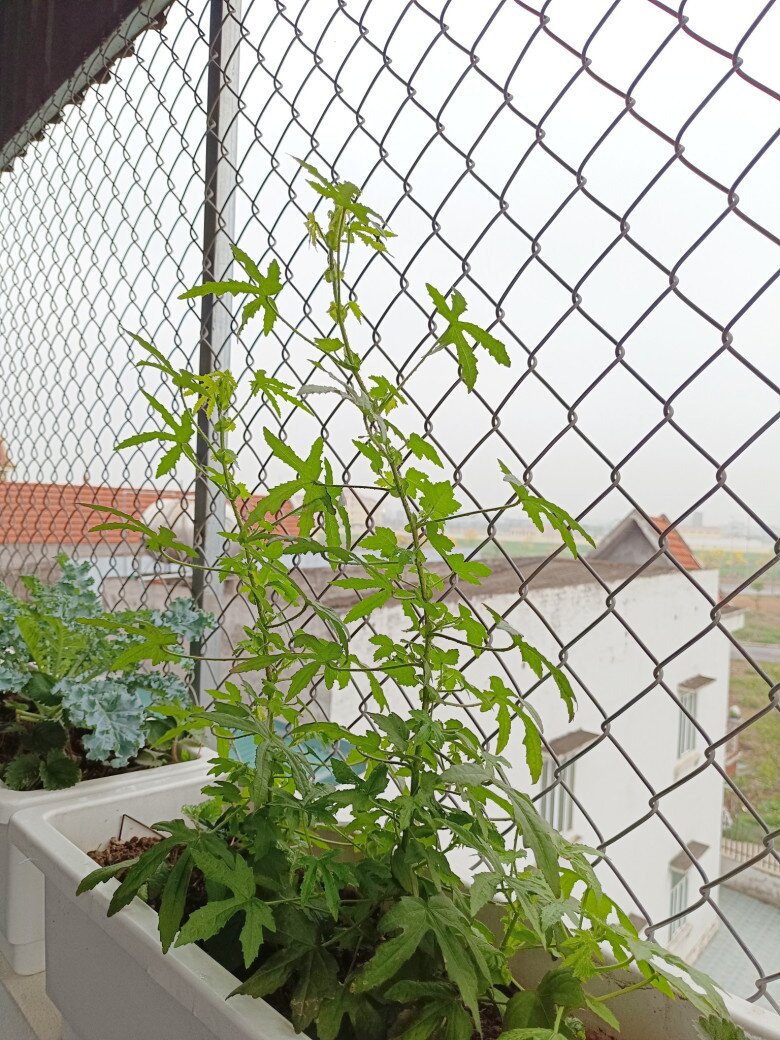
Caring for vông vang does not require complex techniques; maintaining moderate moisture and sufficient sunlight is key to its healthy growth. However, for optimal development and year-round leaf production for culinary and medicinal purposes, plant it in well-drained, sandy-loam soil rich in organic matter, free from pests and diseases. It is preferable to cultivate it in elevated areas to prevent waterlogging, as vông vang does not tolerate prolonged wet conditions.
A single vông vang plant can provide harvests for many years. Notably, when the fruits mature and the seeds fall to the ground, they quickly sprout into new plants. Thus, one planting can yield a continuous supply for years.
Underground Delicacies: A Tasty Trek from North to South Vietnam.
The humble root vegetable, often unassuming in appearance and with a tendency to cause an itchy throat, is a culinary delight that spans the length of Vietnam. From the north to the south, this underground specialty is a beloved treat, cherished for its unique flavor and versatility in local dishes.













